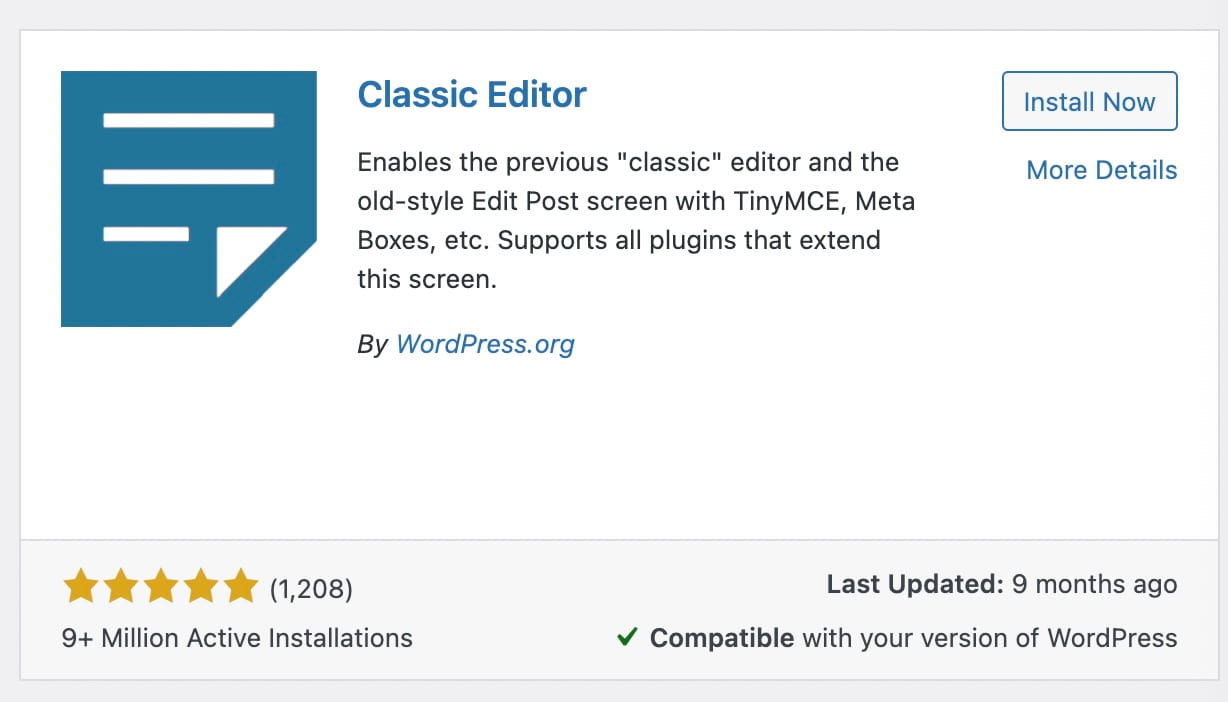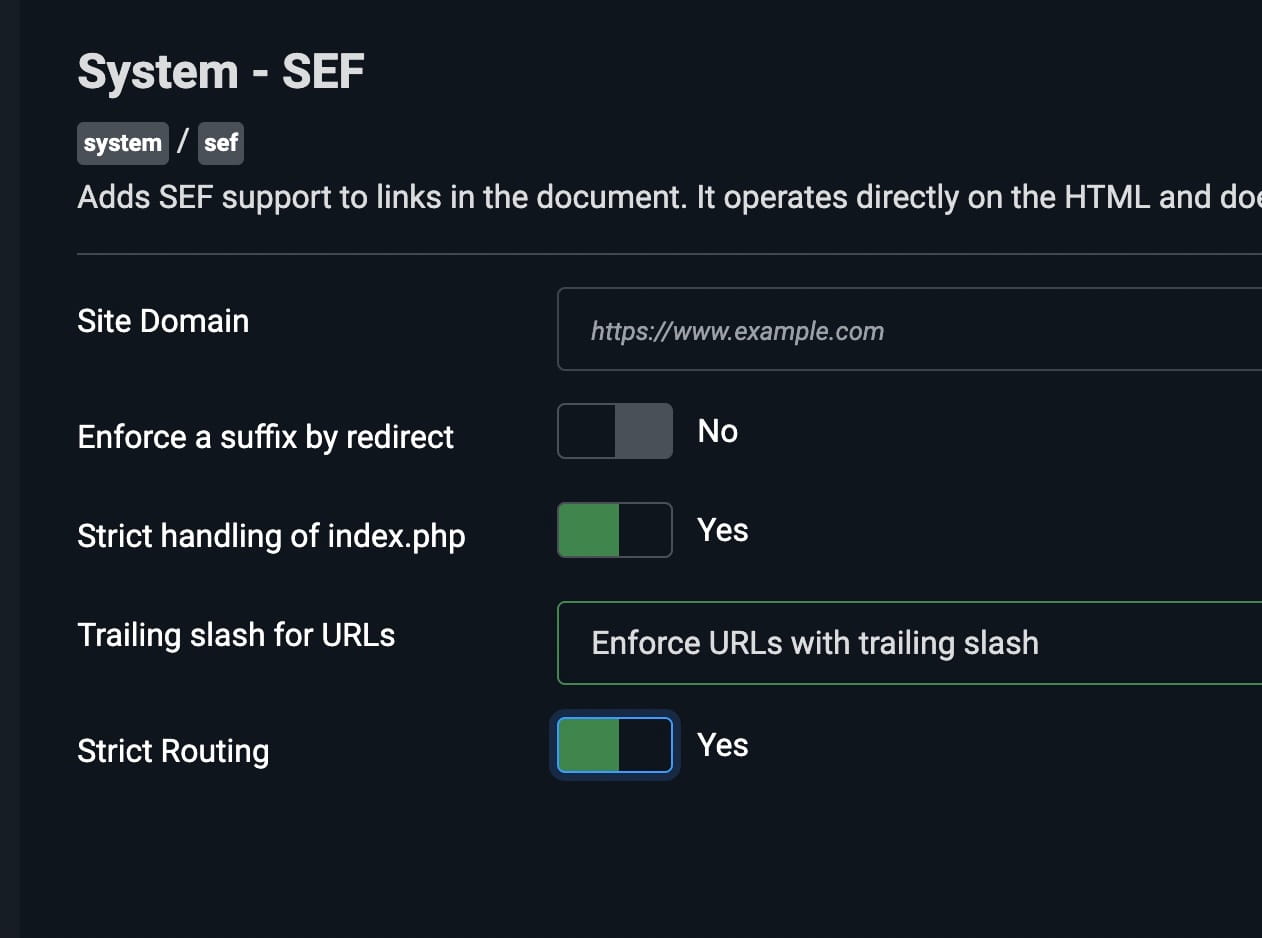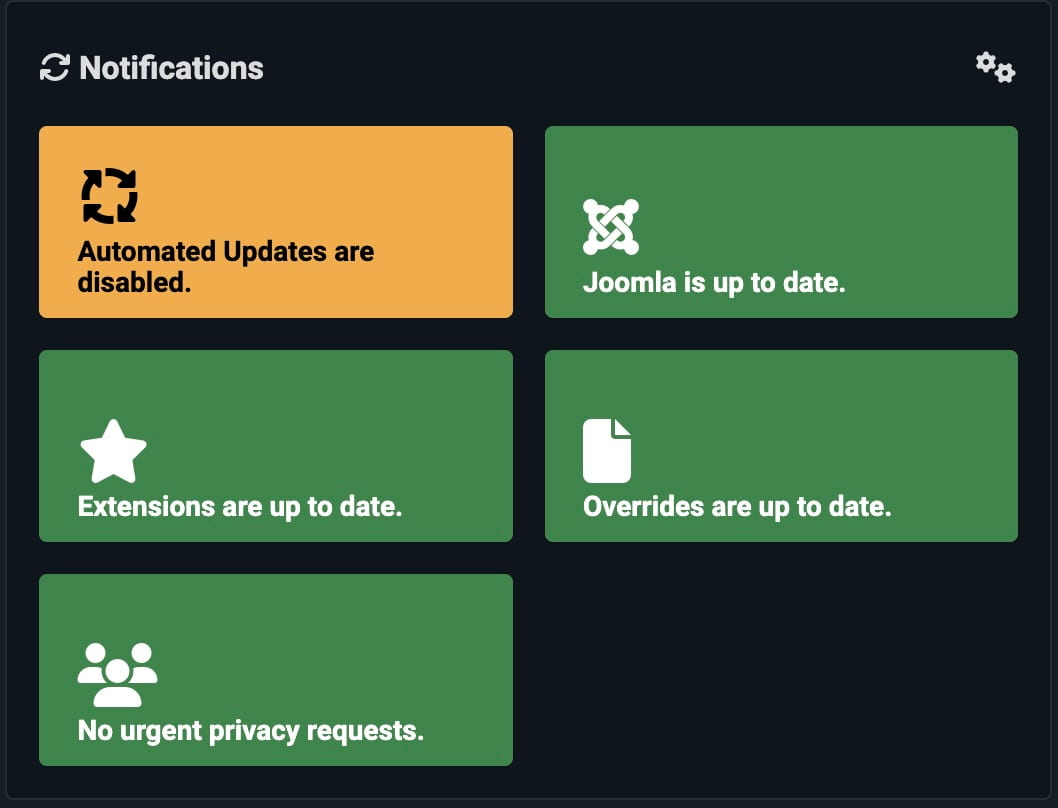The question of migrating your Wordpress site to Joomla may seem incongruous given the large market share enjoyed by Automattic's CMS. However, for several years, Wordpress has been converting all its source code from PHP to React (a Javascript framework popularized by Facebook), which changes the habits of many users and will eventually require the complete rewriting of more than 50'000 plugins, a result far from being guaranteed in a system increasingly partitioned and controlled by a company operating in a market skimming strategy.
The native block editor is not liked by all Wordpress users as evidenced by the fact that the extension reinstalling the classic TinyMCE editor is one of the most popular in the Wordpress plugin directory or that Elementor, one of the most used pagebuilders by web agencies, does not use the native theme editor either.
Developers and integrators who want to continue developing for Wordpress using PHP in the traditional and light way can use ClassicPress, an open-source CMS initially based on a fork of Wordpress 4.9. It currently supports limited plugins and classic Wordpress themes, but other alternatives exist. The Joomla project is making efforts to provide a familiar environment for developers and users transitioning between the two platforms or former Joomla users rediscovering the platform.

Reinstalling the Classic editor
Plenty of new features
The dark appearance of the Joomla 6 administration interface with its vertical menu on the left bears a visual resemblance to WordPress, while complying with the WCAG 2.2 AA accessibility principles and is devoid of advertising messages. The administration menu is also completely configurable, which can be useful to adapt it to existing habits. Guided tours can easily be created in a visual editor to help co-administrators complete the most common tasks.
If your site has many articles, it will be tedious to recreate them all on Joomla. A free tool for importing articles from Wordpress and other CMS such as Drupal is in preparation and can already be downloaded. The paid extension RO CSVI allows you to import and map data in CSV, XML or JSON format into various Joomla elements, such as articles, categories, tags, menus, custom fields, modules or users.
Joomla 5 has improved its router by allowing you to refine the structure of URLs and in particular to add an end slash to comply with Wordpress's preferred URL system, in order to keep the SEO of your site intact after a migration. Moreover, the Joomla menu manager is very flexible, which allows you to replicate all possible menu structures.

Advanced Custom Fields (ACF) is an essential extension to fully use the content-type system of Wordpress. Custom fields make it easier for novice users to edit content. On Joomla, the creation of custom fields is integrated into the native components of the CMS. If native custom fields are not enough, a commercial extension offers many additional fields.
To create the design of the site, it is possible to choose a template for Joomla using this guide. The number of templates for Joomla is more limited, but is varied enough to meet all needs. Since version 4, Joomla offers the possibility to create child templates directly from the template manager. A child template allows you to edit only the necessary files while continuing to update the original template. But unlike classic development in Wordpress where the integrator will essentially override PHP functions and the basic files of the theme, the Joomla administration interface allows you to override views of all components, modules, certain layouts and plugins. The CMS also notifies the administrator when the originals are changed and offers a built-in diff to determine what has changed. Joomla 6 comes with an example child template: Cassiopeia extended.
The maintenance system
Wordpress allows you to enable the automatic update of the CMS core and its extensions. Since Joomla 5.4, the CMS core can also be updated automatically and securely. The effectiveness of such a measure on CMS such as Joomla or Wordpress obviously depends on each installation and will be riskier if the core is strongly modified by extensions. Another popular feature on Wordpress is under development on Joomla, the health checker that regularly gives advice to the site administrator to improve its operation and security.

Joomla benefits from a CLI system comparable to WP-CLI, but integrated directly into the CMS. For example, it is possible to update the CMS from the command line, check the availability of extension updates or trigger processes such as indexing articles by the internal search engine. The list of commands is accessible by typing php cli/joomla.php list in a terminal.
Joomla offers a system of scheduled tasks comparable to WP cron. Scheduled tasks allow you to perform recurring maintenance tasks: send update notifications, delete old cache, log or session data. They are set in the administration panel and can be triggered by cron jobs, web cron or directly when loading pages.
In summary, Joomla is an excellent alternative to manage a modern site in PHP especially if you come from Wordpress where you will be able to find many familiar concepts. You will also benefit from a secure, natively multilingual system, optimized for SEO without the need for additional extension, with powerful user rights management and a large selection of templates and page builders.
More info:
Choosing between a Joomla or Wordpress CMS: pros and cons
Welcome to Joomla, Dear WordPress Users: A Comprehensive Guide to Joomla’s Strengths



